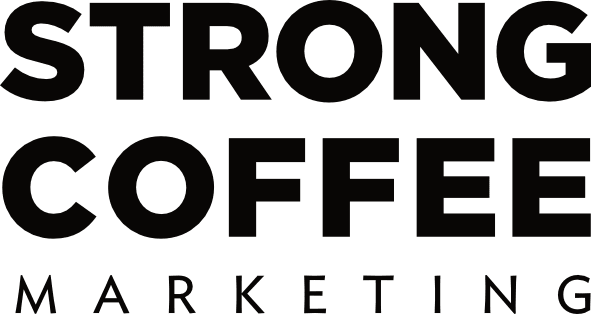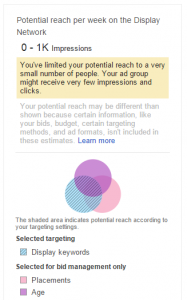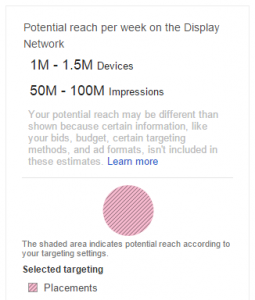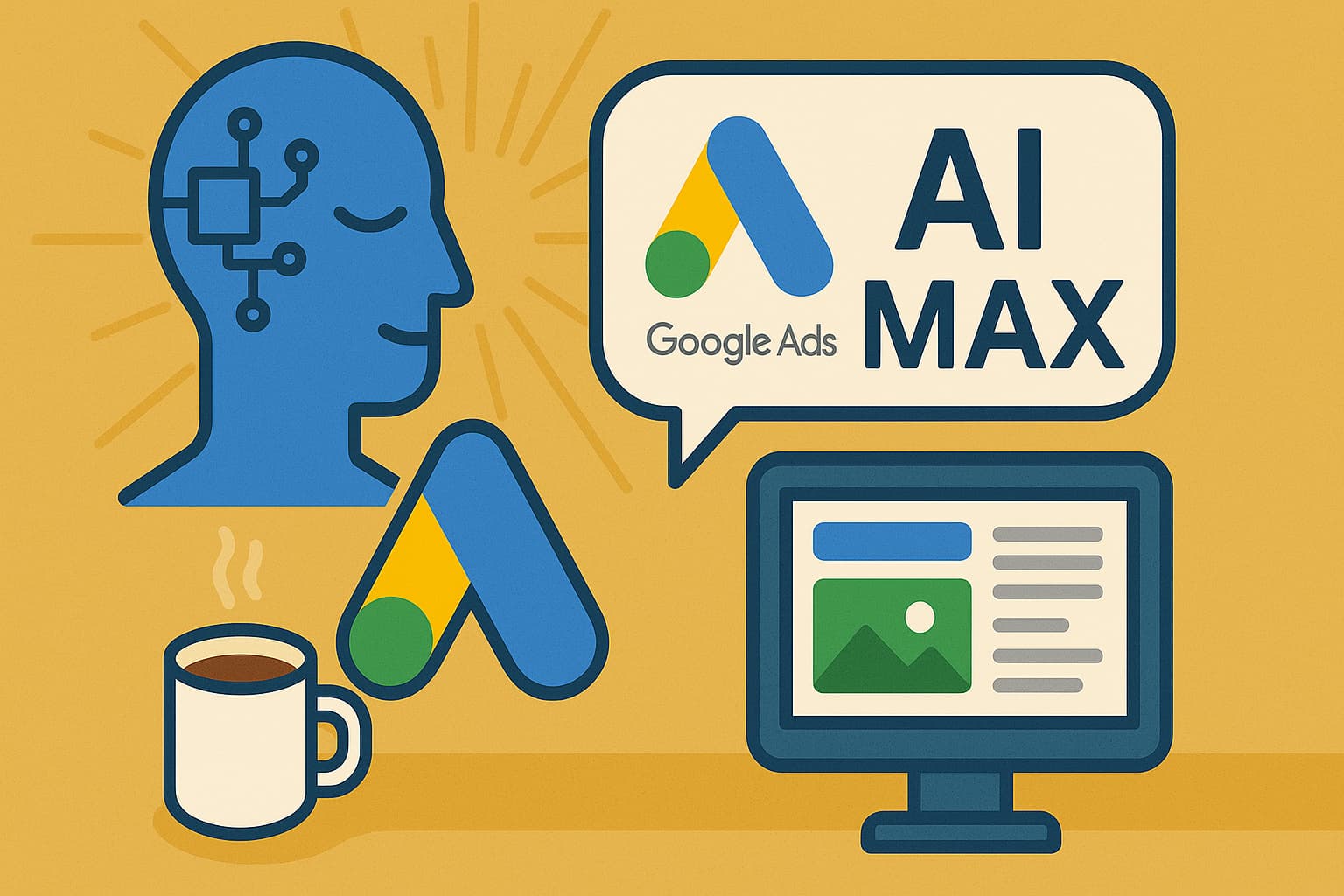Hey everyone, I’m Leah, and this is my first ever blog post. I’ve been a part of the Strong Coffee team for almost 7 months now, and have been undertaking a crash course in digital advertising ever since. It’s been an awesome experience, and I’ll be sharing with you little ad tips and things I’ve learned along the way in this segment.
This little tidbit stumped me up a few times, as it’s not as intuitive as one would think when building a new ad campaign on either Facebook or Google. Ad basics dictate that you need targeting (obviously), but when you have multiple targeting methods then what? For example, if I wanted to target Google image ads on the Display Network to show on specific URL placements and also by keywords, how would I do that?
When multiple targeting methods are used together in the same Google Ad Group or Facebook Ad Set, this actually restricts your reach to a limited audience because the program by default assumes you want to meet ALL targeting criteria at once, and not just either or.
For example, in the Google image above, the reach is extremely limited as these ads are attempting to target individuals by all 3 of the following methods: keywords, placements and age. This means that in order to even be shown these ads, your audience must qualify under all 3 criteria, and not just one (effectively the intersection of all three circles in the diagram). So this means that anyone who meets the age target, but does not search the right keyword on the right site will not be served your ads. They would have to be in the correct age bracket, searching a targeted term, on one of the included site placements in order to be eligible to see the ad. To accomplish this, I’ve learned to use the ‘Bid Only’ button (shown below) to my advantage.

This button lets you target each of the display targeting options independently of each other. But with that said, this selection is still limited by budget.
In order to really expand your reach on these specified audiences, each targeting spec should have its own ad group / campaign, unless of course you are actually trying to limit your reach to only those who fit multiple labels.
In image No. 2, this individual ad group is targeting ONLY by placements, which increases it’s display network reach significantly. In this case, if anyone is on any of the targeted placements, the ad will be shown (after being put through the auction process, of course).
This button lets you target each of the display targeting options independently of each other. With that said, this selection is still limited by budget.
Parallel to the Google situation, you’ll run into similar Facebook issues should you wish to use multiple targeting methods without the correct execution. In the image below, you’ll see we’re trying to target by age, employment and interests. This limits our potential reach to individuals meeting all criteria, and Facebook will suggest broadening your audience definition.
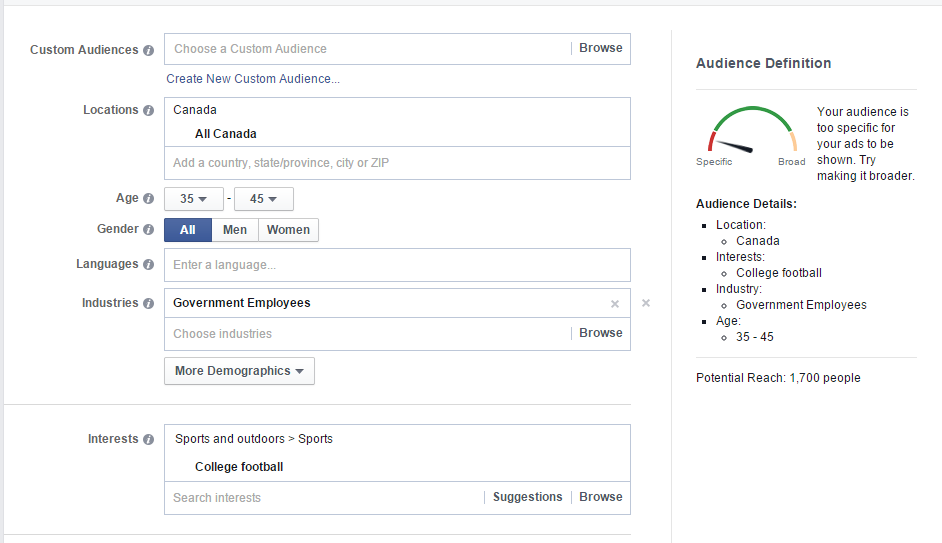
Much like on Google, in order to really expand your reach on these specified audiences, each targeting spec should have its own ad sets. This helps maximize your reach within each targeting segment without limiting yourself.
Of course, one of the benefits of combining targeting is your ability to get hyper targeted. So depending on your goals this feature may be a benefit to you! We tend to use a combination of both to better gauge effectiveness across multiple targeting techniques.
I hope I was able to shed some light into the digital advertising world and clear up any confusion! When it comes to targeting ads to your audience using multiple targeting criteria, whether it be on Google or Facebook, be sure that you are setting up your ads and grouping your targeting appropriately. Look for my next tip in the upcoming weeks, happy marketing!
Recent Posts
Boost Business Efficiency with Google Workspace Automation Tools
Streamlining Your Business with Google-Based Automations Hey there, fellow business owners! If you’re like most of us, you probably feel like there just...
Harnessing Google Tag Manager for Better User Insights and Performance Tracking
Unlocking the Power of Google Tag Manager: Simplifying Tracking and Understanding User Behavior Hey there, fellow business owners! If you’re navigating the digital...
AI Max: Transform Your Google Search Ads Strategy Today
Unleashing the Power of AI with Google Ads’ New AI Max Hey there, fellow business owners! If you’re anything like us at Strong...
